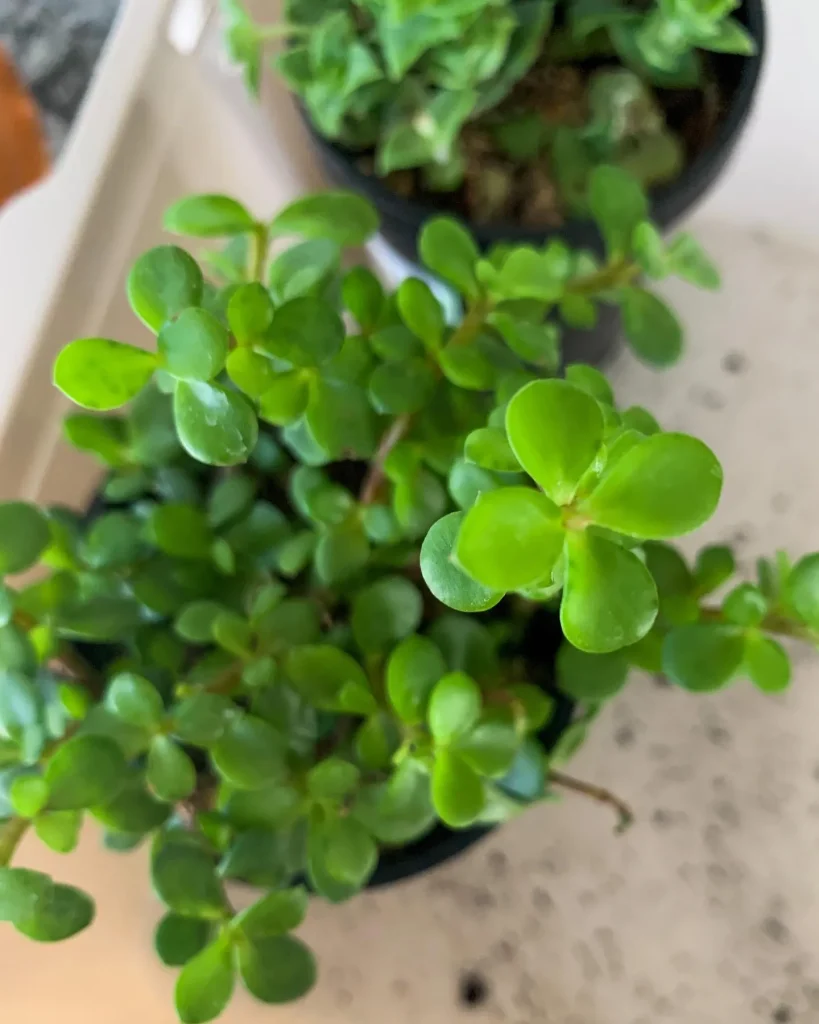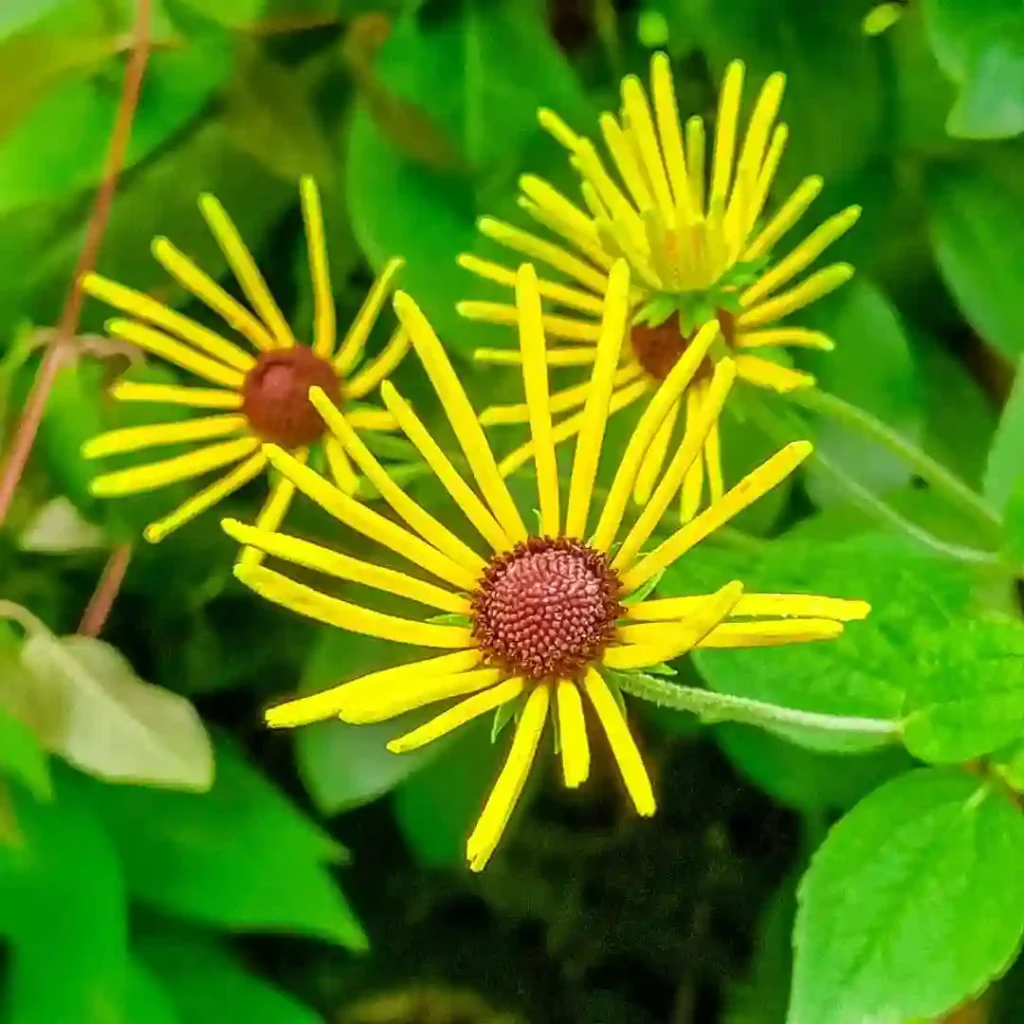Exploring the Halophytaceae Family: A Personal Journey with Halophytum
As a passionate plant enthusiast, I find great joy in discovering the unique characteristics of different plant families. One family that has piqued my interest recently is Halophytaceae, which includes the genus Halophytum. In this article, I’ll share my journey exploring Halophytum, its ecological significance, and how this fascinating plant family adapts to harsh environments.
Understanding the Halophytaceae Family
The Halophytaceae family consists of plants that thrive in saline environments. These plants have adapted to survive in areas with high salt concentrations, such as coastal regions and salt flats. The name “Halophytaceae” itself comes from the Greek words “halo,” meaning salt, and “phyton,” meaning plant.
One of the standout features of Halophytum is its ability to tolerate extreme salinity. This adaptation is crucial for survival in environments where most plants would struggle to thrive. During my research, I learned that Halophytum species utilize specialized mechanisms to manage salt intake, enabling them to flourish where other plants cannot.
A Closer Look at Halophytum
Halophytum is a genus within the Halophytaceae family that truly exemplifies the resilience of halophytic plants. These plants exhibit several interesting traits that make them unique and worthy of exploration.
Morphological Characteristics
When I first encountered Halophytum, I was captivated by its distinctive morphology. The leaves are often fleshy and succulent, a characteristic that helps them store water and nutrients. This adaptation is especially important in arid environments where water is scarce. The structure of the leaves also minimizes water loss, allowing the plant to conserve moisture in challenging conditions.
The flowers of Halophytum are another highlight. Typically small and often grouped in clusters, they possess an understated beauty that reflects the harsh landscapes they inhabit. The color and form of these flowers can vary, adding to the charm of this genus.
Habitat and Distribution
Halophytum is predominantly found in saline habitats around the world. I’ve always been fascinated by how these plants thrive in coastal areas, salt marshes, and even deserts. Each environment presents its own set of challenges, yet Halophytum has evolved to not only survive but also flourish.
My exploration of Halophytum led me to visit several coastal areas. Observing these plants in their natural habitat was a humbling experience. I was struck by their ability to endure harsh winds, salt spray, and intense sunlight. This resilience is a testament to the incredible adaptability of the plant kingdom.
Ecological Importance of Halophytum
The ecological role of Halophytum cannot be overstated. As a halophytic plant, it contributes significantly to the stabilization of coastal ecosystems. The roots of Halophytum help prevent soil erosion, maintaining the integrity of salt marshes and other coastal habitats.
Additionally, these plants play a vital role in supporting local wildlife. Birds, insects, and other creatures rely on Halophytum for food and shelter. I’ve observed various species of birds using the dense growth of Halophytum as nesting sites, highlighting its importance within the food web.
Conservation Challenges
Despite their resilience, Halophytum species face several conservation challenges. Climate change, habitat loss, and pollution pose significant threats to these unique plants. As I learned more about these challenges, I became increasingly aware of the need for conservation efforts to protect halophytic ecosystems.
I believe that raising awareness about the ecological importance of Halophytum and other halophytes is crucial. By sharing my knowledge and experiences, I hope to inspire others to appreciate these remarkable plants and advocate for their preservation.
Conclusion: Embracing the Resilience of Halophytaceae
My journey through the Halophytaceae family, particularly the genus Halophytum, has deepened my appreciation for the resilience of nature. These plants remind us that life can thrive in even the most challenging environments.
As I continue to explore and learn about various plant families, I look forward to sharing my experiences with others. Whether you are a seasoned botanist or a casual plant lover, I encourage you to delve into the world of halophytes. You may discover a new appreciation for the remarkable ways in which life adapts to survive. The Halophytaceae family, with its unique genus Halophytum, is just one example of the incredible diversity that exists in our natural world.
If i die, water my plants!



